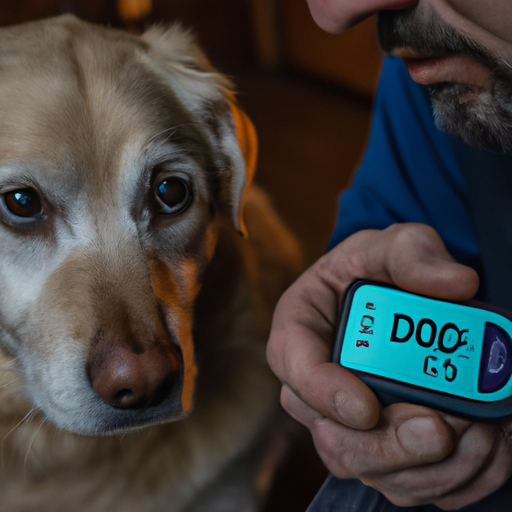Being a caregiver, you naturally worry about the health and well-being of those in your care. If you have a canine companion, you might wonder: “Can a dog be diabetic?” The answer is yes. Like humans, dogs can develop diabetes. Here, we’ll dive into this topic to give you a comprehensive understanding of diabetes in dogs.
1. Understanding Diabetes in Dogs
Diabetes is a chronic disease that affects dogs and humans alike. It occurs when a dog’s body can’t use glucose properly due to a lack of insulin, a hormone produced by the pancreas.
There are two types of diabetes in dogs:
- Diabetes Mellitus (Sugar Diabetes): This is the more common type, which is similar to type 1 diabetes in humans. Dogs with this type can’t produce enough insulin.
- Diabetes Insipidus: This is a rare type, which is due to water metabolism problems. Dogs with this type are unable to conserve water.
2. Symptoms of Diabetes in Dogs
Watch out for these signs in your dog:
- Excessive drinking and urination
- Unexplained weight loss
- Increased appetite
- Recurrent urinary infections
- Cloudy eyes (especially in dogs over seven years old)
- Chronic skin infections
3. Causes and Risk Factors
Several factors can contribute to diabetes in dogs:
- Age: Older dogs are more prone to diabetes.
- Gender: Unspayed female dogs are at higher risk.
- Obesity: Overweight dogs have a higher chance of developing diabetes.
- Chronic Pancreatitis: This condition can damage the pancreas, leading to diabetes.
- Certain Medications: Some drugs can interfere with insulin, leading to diabetes.
4. Diagnosis of Diabetes in Dogs
If you suspect your dog has diabetes, consult your vet. The vet will run several tests, including:
- Urine analysis
- Blood tests
- Fructosamine test for blood glucose levels
5. Treatment and Management
Diabetes in dogs is usually managed through a combination of insulin therapy, diet, and regular exercise.
| Management Method | Why it Works |
|---|---|
| Insulin Therapy | Replaces the insulin your dog’s body isn’t producing |
| Diet | Controls sugar levels and maintains a healthy weight |
| Exercise | Helps insulin work more effectively |
6. Living with a Diabetic Dog
As a caregiver, you play a crucial role in the life of a diabetic dog. Regular check-ups, consistent feeding times and amounts, and daily exercise will be the new norm. With proper management, a diabetic dog can lead a happy, healthy life.
7. Preventing Diabetes in Dogs
Prevention is always better than cure. Regular exercise, a healthy diet, routine vet check-ups, and keeping your dog’s weight in check can all help prevent diabetes.
8. FAQ
Q: Can diabetes in dogs be cured?
A: Currently, there is no cure for diabetes in dogs. However, it can be managed with proper care and treatment.
Q: Is diabetes in dogs fatal?
A: If left untreated, diabetes can be life-threatening. But with appropriate management, diabetic dogs can live a normal lifespan.
Q: How long can a dog live with diabetes?
A: With proper treatment, a diabetic dog can live a normal, healthy life. The key is early detection and consistent management.
Q: Can all breeds of dogs get diabetes?
A: Yes, all breeds can develop diabetes. However, some breeds are more prone to it than others.
Q: What should a diabetic dog eat?
A: A diabetic dog’s diet should be high in fiber and complex carbohydrates and low in fat. Always consult with your vet for a diet plan.
Remember, as a caregiver, you have the power to make a difference in your dog’s life. By understanding diabetes in dogs, you can ensure your furry friend stays happy and healthy for years to come.



